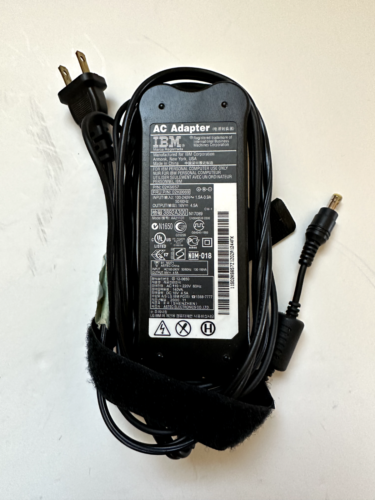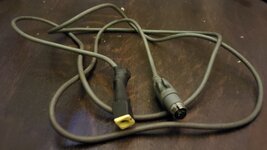A couple of 16 and 18v supplies wouldn’t fit my needs, I’ve got a bunch that take 20 and over. The PowerBook Duos, 5300, 1400, 2400, 3400, G3 iBooks all take 24v. And then the 100 series PowerBooks only take 7.5 IIRC. My Dell laptops with the weird 3 prong connector need 20V. So it would really need to be variable to fit my needs.
If I were to make such a thing I’d make in a way that accidentally hitting the switch or dial would be difficult, and it would in the end be up to me not to screw up and power a laptop with the wrong voltage. I’d be very careful in that instance.
Currently I do have most of the weird supplies that I do need. I’ve got two of the weird dell ones, four of the large audio jack style apple ones, and so on, but they’re all pretty old and I don’t like relying on old PSUs if there is an alternative. Just food for thought at the moment though.


